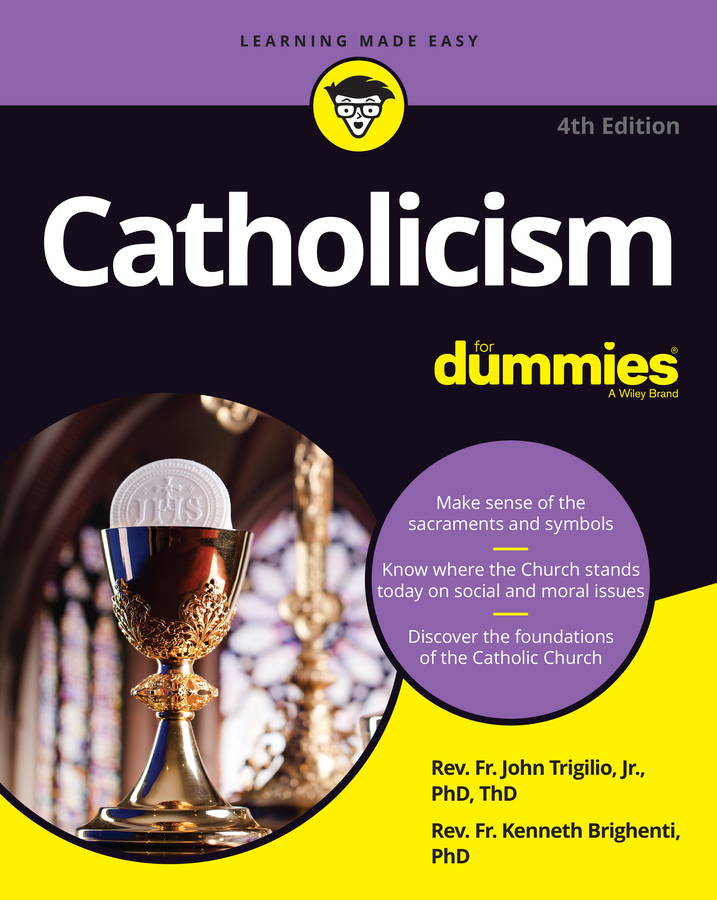The process for being canonized as a saint is quite a lengthy one. Almost a grass roots movement, the path to canonization involves local interest and support. The faithful decide to invoke the intercession of a potential saint whom they consider is probably in heaven and carries a little clout after living an exemplary and holy life. Once a bona fide miracle occurs, then the matter goes to Phase I, the Diocesan Level. If successful, it moves to Phase II, Congregation for the Causes of Saints. When that is finished, the final decision is the Pope’s and his alone.
In former times, the process was adversarial and resembled a trial where evidence was presented and examined but also along with any possible evidence to the contrary. The term “Devil’s Advocate” was a metaphor for the person whose job it was to be like the prosecuting attorney in a secular law trial. He dug up any dirt to discredit the "saint-candidate" to make sure an objective and fair decision was made on all evidence available.
Pope John Paul II streamlined and changed the canonization process and made it a documentary process rather than adversarial. Hence, evidence, pro and con, is still examined painstakingly but it is no longer a lengthy and contested enterprise. The evidence speaks for itself, and yet doctors of all and even of no faith weigh in on assessing the alleged miracles. A miracle demands empirical proof that a healing phenomenon occurred without any credible scientific explanation.
Phase I: Diocesan Level (local)
Five years must pass after a person’s death before he or she can be considered for declaration of formal sainthood, unless the Pope grants a special dispensation. This waiting period is to ensure some objectivity and avoid a purely emotional response to a popular person. The local bishop of the local diocese where the hopeful saint is buried is the starting place where the case begins. He convenes a diocesan tribunal to investigate the person.
Witnesses are called before the tribunal to verify if the person lived a virtuous and holy life, and all writings and speeches that person made are also examined to see if they conform to church doctrine. If any scandalous or bad behavior is found, evidence of a conversion of heart must also be found to demonstrate the person abandoned his or her former evil ways and then embraced a life of heroic virtue and sanctity.
Phase II: Congregation for the Causes of Saints (Rome)
Once the diocesan investigation is completed, the candidate is called a “Servant of God,” and the documents are sent to the Vatican in Rome for the Congregation of Saints to examine. Nine theologians judge whether the case has merit, and if so, they offer it to the Bishops and Cardinals who work in the Congregation. If the Bishops and Cardinals approve, the case is given to the Pope for his personal decision.
If one verified miracle has occurred since the death of the person, then he or she can be beatified (and then called "Blessed"). If two postmortem miracles occurred, then they can be canonized (and called "Saint"). The miracle usually is an immediate, complete and spontaneous cure of a serious and pathological disease or condition which medical science cannot explain or refute.

